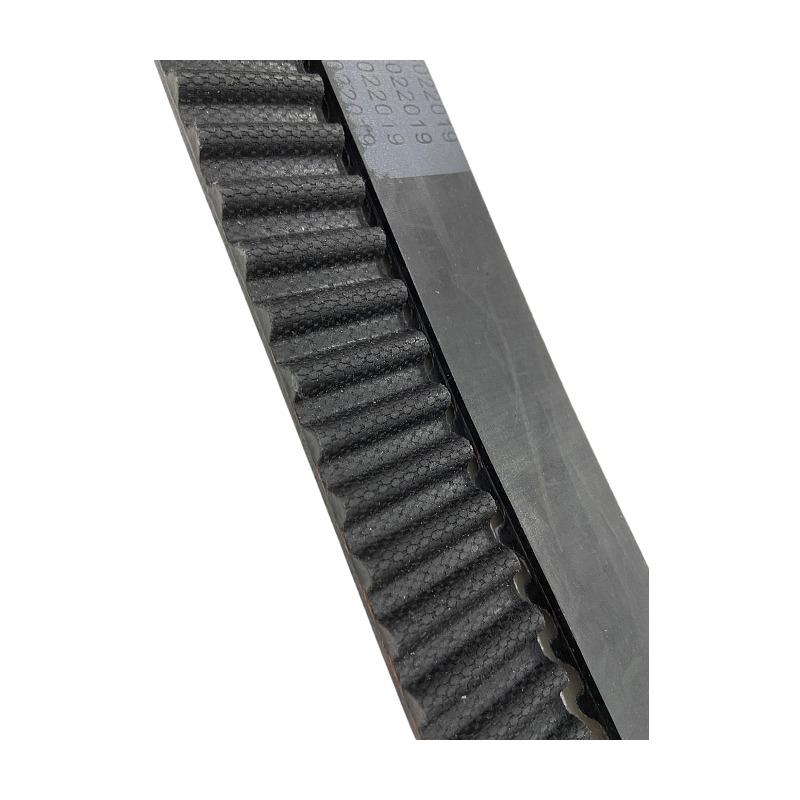- Arabic
- French
- Russian
- Spanish
- Portuguese
- Turkish
- Armenian
- English
- Albanian
- Amharic
- Azerbaijani
- Basque
- Belarusian
- Bengali
- Bosnian
- Bulgarian
- Catalan
- Cebuano
- Corsican
- Croatian
- Czech
- Danish
- Dutch
- Afrikaans
- Esperanto
- Estonian
- Finnish
- Frisian
- Galician
- Georgian
- German
- Greek
- Gujarati
- Haitian Creole
- hausa
- hawaiian
- Hebrew
- Hindi
- Miao
- Hungarian
- Icelandic
- igbo
- Indonesian
- irish
- Italian
- Japanese
- Javanese
- Kannada
- kazakh
- Khmer
- Rwandese
- Korean
- Kurdish
- Kyrgyz
- Lao
- Latin
- Latvian
- Lithuanian
- Luxembourgish
- Macedonian
- Malgashi
- Malay
- Malayalam
- Maltese
- Maori
- Marathi
- Mongolian
- Myanmar
- Nepali
- Norwegian
- Norwegian
- Occitan
- Pashto
- Persian
- Polish
- Punjabi
- Romanian
- Samoan
- Scottish Gaelic
- Serbian
- Sesotho
- Shona
- Sindhi
- Sinhala
- Slovak
- Slovenian
- Somali
- Sundanese
- Swahili
- Swedish
- Tagalog
- Tajik
- Tamil
- Tatar
- Telugu
- Thai
- Turkmen
- Ukrainian
- Urdu
- Uighur
- Uzbek
- Vietnamese
- Welsh
- Bantu
- Yiddish
- Yoruba
- Zulu
nov . 18, 2024 03:41 Back to list
Understanding Auto Timing Belt Maintenance and Its Importance for Vehicle Performance
Understanding Auto Timing Belts Importance and Maintenance
The timing belt is a critical component of an automobile’s engine, playing a vital role in synchronizing the rotation of the crankshaft and camshaft. This synchronization is crucial for ensuring that the engine's valves open and close at the proper times during each cylinder's intake and exhaust strokes. Without a functioning timing belt, an engine can suffer severe damage, making it essential for car owners to understand the significance of this component and how to maintain it effectively.
Timing belts are typically made from rubber and are reinforced with fiberglass or steel to withstand the high stresses of the engine environment. They are designed to last a specific mileage, usually ranging from 60,000 to 100,000 miles, but this can vary depending on the vehicle's make and model. Over time, timing belts can wear out, stretch, or become damaged, leading to potential failure.
When a timing belt fails while the engine is running, it can cause catastrophic damage. The pistons may collide with the open valves, resulting in bent valves, damaged pistons, or worse. This scenario can lead to expensive repairs and significant downtime, making timely replacement crucial. Therefore, adhering to the manufacturer’s recommended service intervals for timing belt replacement is essential for maintaining engine health.
Understanding Auto Timing Belts Importance and Maintenance
1. Follow the Maintenance Schedule Consult your owner’s manual for the recommended replacement interval. Sticking to this schedule can help ensure that you replace the timing belt before it shows signs of wear.
auto timing belt

2. Inspect for Wear Periodically check your timing belt for signs of wear such as cracks, fraying, or missing teeth. If you see any of these signs, it’s best to have the belt replaced immediately.
3. Consider Related Components When replacing the timing belt, consider replacing related components such as the water pump, tensioners, and idler pulleys. These parts often wear out simultaneously and can save you from further costs in the future.
4. Listen for Unusual Noises If you hear any unusual noises coming from the engine, such as a high-pitched whine or grinding sound, it could indicate a problem with the timing belt or its components. Have it checked by a professional mechanic as soon as possible.
5. Professional Inspection If you're unsure about the condition of your car's timing belt, it’s advisable to have it inspected by a qualified mechanic. They can provide a comprehensive evaluation and recommend any necessary actions.
In conclusion, the timing belt is a vital component of an automobile that requires attention and care. Regular maintenance and timely replacement can help prevent significant engine damage and costly repairs. Understanding the importance of the timing belt and staying vigilant about its condition will contribute to the longevity and efficiency of your vehicle. By following these guidelines, car owners can ensure a smooth-running engine and peace of mind on the road.
-
Korean Auto Parts Timing Belt 24312-37500 For Hyundai/Kia
NewsMar.07,2025
-
7PK2300 90916-T2024 RIBBED BELT POLY V BELT PK BELT
NewsMar.07,2025
-
Chinese Auto Belt Factory 310-2M-22 For BMW/Mercedes-Benz
NewsMar.07,2025
-
Chinese Auto Belt Factory 310-2M-22 For BMW/Mercedes-Benz
NewsMar.07,2025
-
90916-02660 PK Belt 6PK1680 For Toyota
NewsMar.07,2025
-
drive belt serpentine belt
NewsMar.07,2025

